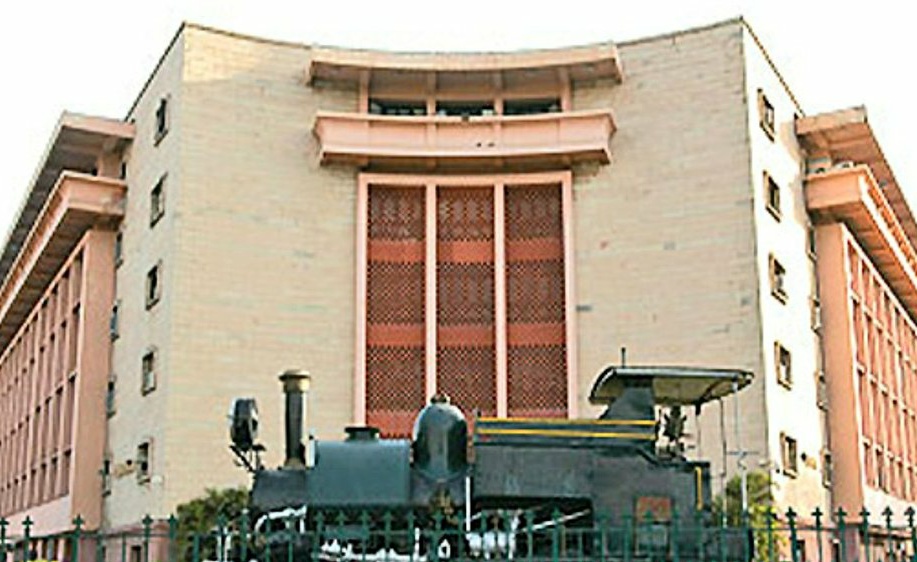Railway Board’s repeated failure to raise speed on the existing lines
For Board, even 160 kmph became an unsourmountable barrier
Alok Kumar Verma, IRSE (Rtd.)
The problem lies largely in Railway Board, which failed to see in time, 1990s, that competition from road and air modes of transport in rapidly increasing and Indian Railways must raise speed and expand capacity to meet this challenge.
But, in the past 20 years they repeatedly failed to start raising speed.
For Board, even 160 kmph became an unsourmountable barrier.
China built it’s first 200 kmph new line in 1998 and by 2010 it had raised speed on most trunk routes to 200 kmph.
Europe did that in 1960s and 70s.
China has done away with nearly all their non-AC trains. They are not a democracy, they can afford to.
What can we do when less than 10% of our trains are fully AC, and a need as basic as AC treated as a luxury by Railway Board?
India has a large middle class. As country develops this class will grow.
It urgently needs faster travel for education, jobs, & other socioeconomic needs.
AC coaches are needed for speed > 130 kmph. Journey time of these slower trains will reduce from higher line capacity.
If we have to make a case to run trains at 160-200 km/h, we’ll need-
A. dedicated track pairs
B. completely air-conditioned rakes capable of that high speed.
Surely that starts with quadrupling lines. That takes a lot of money, but Board is not keen on spending.
To fund that, perhaps, we can convert all Mail/Express trains into non-AC, with only Unreserved and 2nd class/Sleeper, and all Superfast into full-AC, no unreserved, 3AC at Express fares in place of Sleeper class..
When the latter category increase in number, we have a case for 4x lines.
Railway Board’s repeated failure to raise speed on the existing lines.
#RailwayBoard #IndianRailways #HSR #railway #PiyushGoyal #RailMinIndia
The problem lies largely in Railway Board, which failed to see in time, 1990s, that competition from road and air modes of transport in rapidly increasing and IR must raise speed and expand capacity to meet this challenge. In the past 20 yrs they repeatedly failed to start… https://t.co/lRX2c8pqdK
— Alok Kumar Verma, IRSE (Retd.) (@trains_are_best) December 1, 2020


